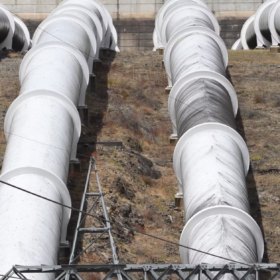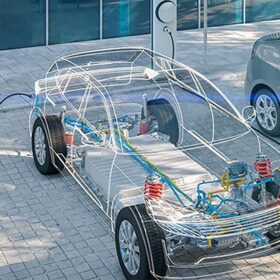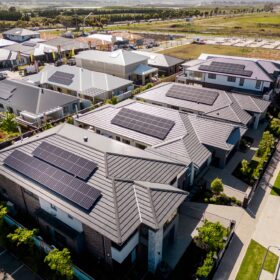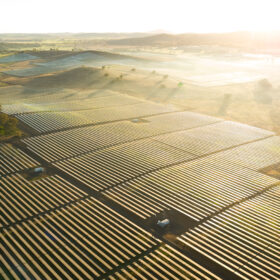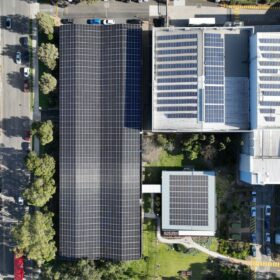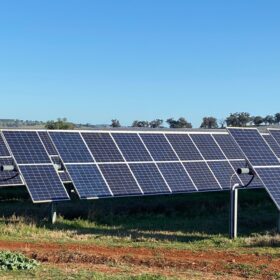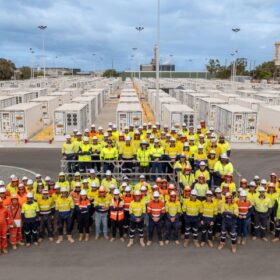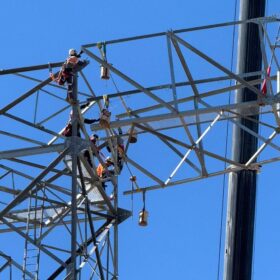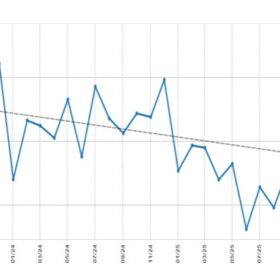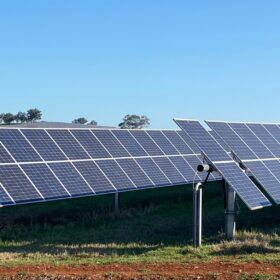Snowy 2.0 cost blowouts might be OK if the scheme stored power more cheaply than batteries. But it won’t
Two years ago, Snowy Hydro announced a reset for its troubled Snowy 2.0 giant pumped hydro project amid cost blowouts. The supposed final cost was $12 billion.
Charge ahead: Designing V2G systems to transform EVs into grid-enhancing powerhouses
Electric vehicle sales and renewable energy production are on the rise globally. The United States alone added 5.8 million light-duty electric vehicles to its roads as of 2023, leading the US Department of Energy to predict that electricity demand for EV charging could increase overall US electricity consumption by 20-50% by 2050.
One quiet change is about to let you export much more solar
Australia has more solar panels per person than anywhere else in the world. One in three houses now has rooftop solar. Our grid operators are working hard to adjust to a new reality where the collective output of rooftop solar is one of our largest sources of power.
Why data-driven planning will shape the success of Australia’s 2035 climate goals
Achieving Australia’s 2035 energy goals needs engineering firms to have project intelligence at their fingertips, through unified, real-time data about a project, its people, and finance, to ensure accurate forecasting, avoid delays and maximise performance.
Rooftops rather than REZs are ticket for Australia’s energy future
Australia is at a crossroads in its energy transition. Policymakers are doubling down on centralised renewable energy zones, while businesses and households are voting with their wallets, putting solar on rooftops and batteries in garages, warehouses, and factories.
Impact of sunlight spectral shifts on bifacial perovskite-silicon tandem solar cells
Experts from the International Solar Energy Society explain how regional spectral shifts of the standard spectral distribution of sunlight bring new insights into the performance of bifacial perovskite-silicon tandem solar cells.
Goodbye petrostates, hello ‘electrostates’: how the clean energy shift is reshaping the world order
For more than a century, global geopolitics has revolved around oil and gas. Countries with big fossil fuel reserves, such as Saudi Arabia and Russia, have amassed significant wealth and foreign influence, helping shape the world order.
Breaking the bottlenecks: how cooperative delivery models can accelerate Australia’s energy transition
As Australia’s energy transition continues, there are increasing opportunities for developers to look beyond traditional project delivery models to help unlock better project outcomes and support the accelerated rollout of clean technologies.
Sky is the limit for EL drone testing
Infrared drone inspections are now routine for solar projects, but post-installation electroluminescence testing remains misunderstood and underutilised. With good planning and execution, EL’s ability to detect microcracks, early-stage degradation, and installation-induced damage can lead to meaningful results.
Home batteries charge powers on
Australians continue to lead the charge when it comes to adopting solar power and storage. The enthusiastic uptake of home battery systems under the Australian government’s new Cheaper Home Batteries Program underlines just how hungry households are for solutions that can help them reduce their energy costs.
